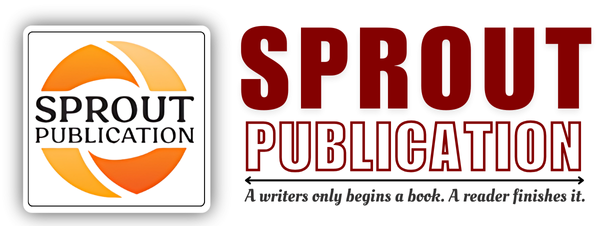Chapter 8: Impurity Profiling and Degradent Characterization-III
Chapter 8: Impurity Profiling and Degradent Characterization-III
Author: Mrs. Shaily Goyal
Volume: 01
First Online: 31 August 2024
Pages: 155-181
DOI:
Abstract
Photostability testing is a crucial aspect of impurity profiling and degradant characterization, focusing on how drug substances and products react to light exposure. The guidelines for photostability testing, as outlined by the International Council for Harmonisation (ICH), require that drug products be exposed to specific light conditions to assess their stability. This testing helps identify potential light-induced degradation products that could compromise the drug’s safety and efficacy. The results guide the development of protective packaging and storage recommendations to mitigate light-induced degradation. For biological products, the ICH stability guidelines are tailored to address the unique challenges posed by the complex nature of these molecules. Biological products are more sensitive to environmental factors like temperature, pH, and light, making their stability testing more intricate. The ICH Q5C guidelines provide a framework for stability testing of biological products, emphasizing the need for a comprehensive evaluation of how these products degrade over time. This includes real-time and accelerated stability studies to establish appropriate storage conditions, shelf life, and expiration dating. Adhering to these guidelines ensures that both small molecule drugs and biological products maintain their quality, safety, and efficacy throughout their shelf life.
Keywords: Photostability testing, Impurity profiling, Degradant characterization, Light exposure

